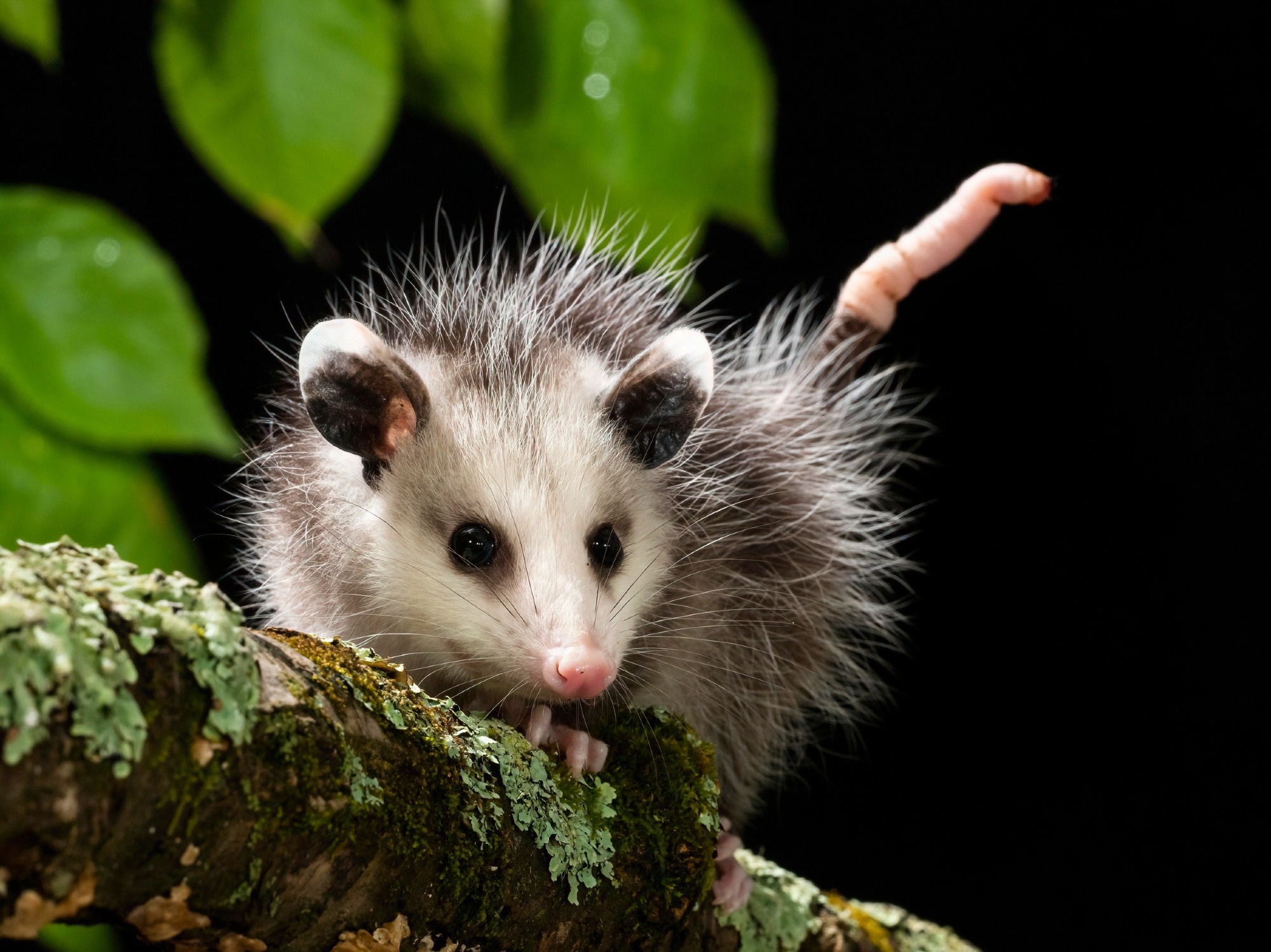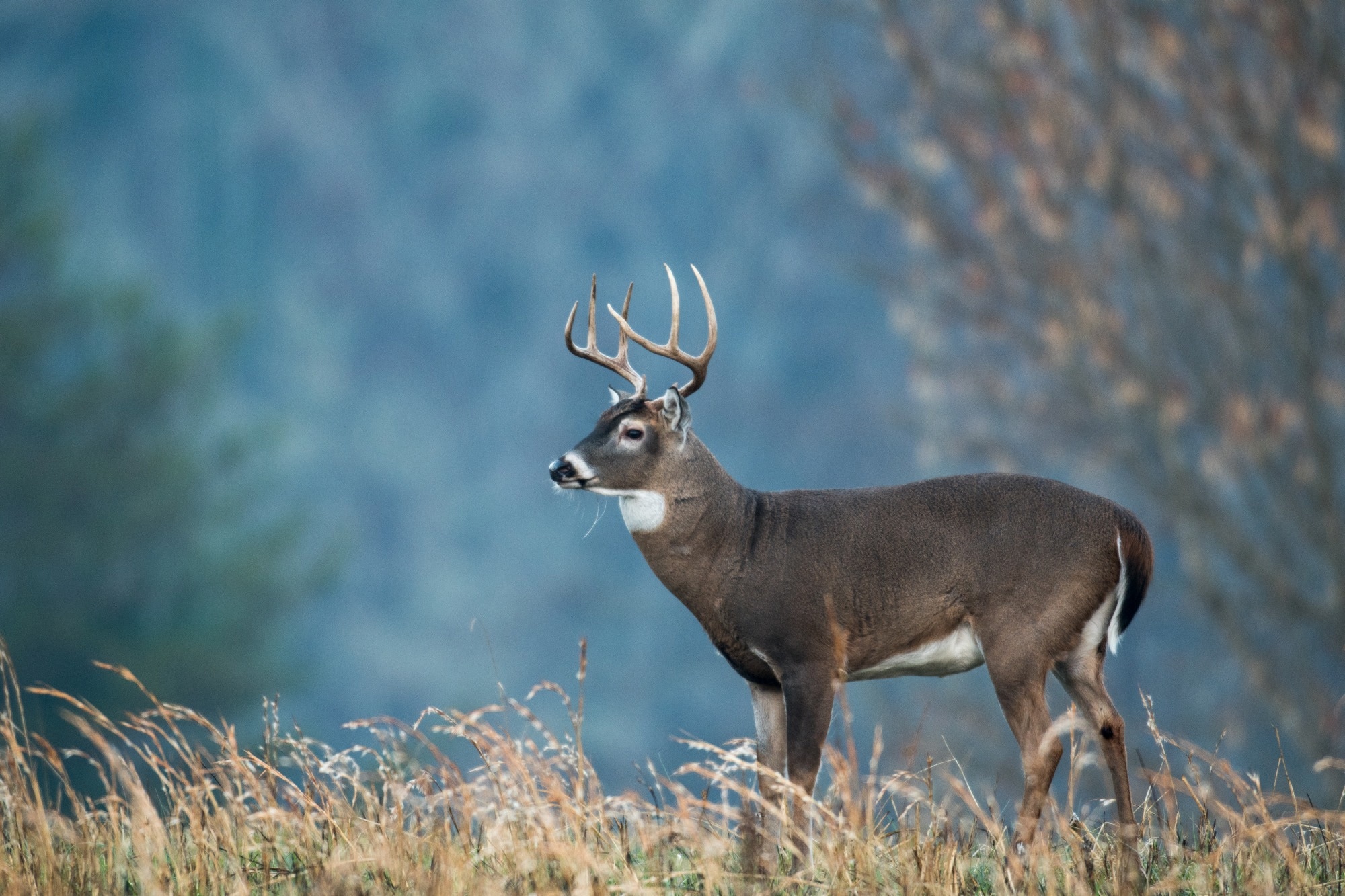Home » Health News »
Study indicates widespread SARS-CoV-2 exposure in wildlife
In a recent study posed to the bioRxiv* preprint server, researchers at Virginia Tech University investigated wildlife exposure to SARS-CoV-2 (severe acute respiratory syndrome coronavirus 2).
SARS-CoV-2 spillover onto humans has led to the devastating COVID-19 (coronavirus disease 2019) pandemic that has caused significant morbidity and mortality across the globe. Interactions of humans with animals have caused the reverse transmission of SARS-CoV-2 from humans to captive and wild animal species. However, data on the extent of SARS-CoV-2 exposure among wildlife, factors influencing SARS-CoV-2 transmission risks among wildlife, and the potential generation of novel, more virulent, and immune-evasive SARS-CoV-2 variants by sylvatic cycles are lacking.
 Study: Wildlife exposure to SARS-CoV-2 across a human use gradient. Image Credit: Joe McDonald / Shutterstock
Study: Wildlife exposure to SARS-CoV-2 across a human use gradient. Image Credit: Joe McDonald / Shutterstock
About the study
In the present study, the researchers evaluated the SARS-CoV-2 exposure of wild animals.
Eighteen wild animal species and 333 individuals from 32 counties of Virginia were sampled in the Eastern regions of the United States (US) and subjected to RT-qPCR (quantitative reverse transcription polymerase chain reaction) and WGS (whole genome sequencing) analyses. Nasopharyngeal (NP) swabs were obtained for detecting the SARS-CoV-2 spike (S), nucleocapsid (N), and envelope (E) genes and for amplifying a housekeeping-type gene to assess the prevalence of active COVID-19 cases.
The impact of urbanization and human activity on SARS-CoV-2-neutralizing antibody titers was evaluated in six areas of the southwestern region of Virginia to investigate previous SARS-CoV-2 exposure among wild animals from human interactions. NP swabs and sera samples were obtained from eleven species for detailed analysis. In addition, unique SARS-CoV-2 mutations identified in wildlife were examined.
Further, molecular modeling was performed to estimate structural alterations that enhanced the receptor binding of the S protein-hACE2 (human angiotensin-converting enzyme). Finally, the team performed an in-depth investigation to evaluate the impact of the E471V and G798D mutations on the SARS-CoV-2 S structure using MM/GBSA (molecular mechanics/generalized borne surface area) free energy calculations for which the SARS-CoV-2 Omicron BA.2 S was utilized in the open conformation.
Results
The team detected widespread SARS-CoV-2 exposure among wildlife. SARS-CoV-2 was identified in Virginia’s opossum (Didelphis virginiana) and equivocally among six other species. Raccoons and squirrels showed high SARS-CoV-2 seroprevalence ranging between 62% and 71%, and the seroprevalence was three times higher among high human-activity areas than low human-activity areas.
Molecular modeling findings and data of the SARS-CoV-2 genome obtained from a SARS-CoV-2-infected opossum revealed RBD (receptor binding domain) mutations previously uncharacterized that enhanced the RBD-hACE2 binding. Amplifying ≥2 genes of SARS-CoV-2 yielded conclusive SARS-CoV-2 detection in a D. virginiana sample (63 individuals, two percent). Based on one SARS-CoV-2 gene amplification, the prevalence of active SARS-CoV-2 infections infection was four percent, with equivocal viral detections in five other species.
The highest seroprevalence was observed among Vulpes vulpes (red foxes, 20%), Odocoileus virginianus (white-tailed deer, 10%), and Virginia’s opossum (eight percent). Neutralizing antibodies indicating previous SARS-CoV-2 exposure were detectable among several wild animals (49% seroprevalence). Detectable antibody titers were observed in sera of Virginia opossum (63%), Mephitis mephitis (striped skunk, 66%), Procyon lotor (raccoon,64%), Eastern grey squirrel (71.0%), Peromyscus leucopus (white-footed mice, 17%) and Peromyscus maniculatus (deer mouse,29%).
 White-tailed deer buck. Image Credit: Tony Campbell / Shutterstock
White-tailed deer buck. Image Credit: Tony Campbell / Shutterstock
The researchers found a positive association between urbanization and seroprevalence among wildlife. The most significant (80%) antibody titers were observed at a minimally urbanized site (mean imperviousness of two percent), closely matching the seroprevalence observed among two other urbanized areas. However, human visits to the urbanized areas were greater than 70-times higher than at other sites. High human activity was associated with 3.0-fold greater seroprevalence compared to low-human activity sites.
The sequence of SARS-CoV-2 obtained from the infected Virginia opossum shared mutations in the Omicron BA.2 open reading frame 1a/b (ORF1a/b), membrane (M), E, and S genes. The detected isolate was found to cluster in the Omicron clade and was assigned the Omicron sub-variant BJ.1 or BA.2.10.1. The BA.2.10.1 subvariant comprised the G798D amino acid substitution in the S protein. The most proximal neighbor (EPI_ISL_14334179) comprised all mutations as the Virginia opossum sequence, except for the A22974T (E471V) mutation, found uniquely in the Virginia opossum.
The mutation E471V was detected in the receptor-binding motif (RBM) of SARS-CoV-2 S RBD (receptor-binding domain) and enhanced the estimated free energy of hACE2 binding. Hydrophobic interactions were observed at residues 469 to 474, especially 471. The G798D missense mutation was identified in the S protein subunit 2 (S2) at residues 686 to 1273 and within the fusion peptide domain (residue 788 to residue 806) proximal to the N801 site of glycosylation. Of interest, D798 altered the probability of N801 glycosylation and could affect S membrane interactions and structural stability.
Overall, the study findings highlighted the widespread SARS-CoV-2 exposure among wildlife and showed that high human-use areas could be critical contact points for cross-species SARS-CoV-2 transmission. Furthermore, these results suggest that wildlife can contribute unique mutations that are more likely to be transmitted to humans.
*Important notice
bioRxiv publishes preliminary scientific reports that are not peer-reviewed and, therefore, should not be regarded as conclusive, guide clinical practice/health-related behavior, or treated as established information.
- Wildlife exposure to SARS-CoV-2 across a human use gradient. Amanda R. Goldberg et al. bioRxiv preprint 2022, DOI: https://doi.org/10.1101/2022.11.04.515237, https://www.biorxiv.org/content/10.1101/2022.11.04.515237v1
Posted in: Medical Science News | Medical Research News | Disease/Infection News
Tags: Amino Acid, Angiotensin, Antibodies, Antibody, Coronavirus, Coronavirus Disease COVID-19, covid-19, Enzyme, Gene, Genes, Genome, Glycosylation, Membrane, Mortality, Mutation, Nasopharyngeal, Omicron, Pandemic, Polymerase, Polymerase Chain Reaction, Protein, Receptor, Respiratory, SARS-CoV-2, Severe Acute Respiratory, Severe Acute Respiratory Syndrome, Syndrome, Transcription, Whole Genome Sequencing, Zoonosis

Written by
Pooja Toshniwal Paharia
Dr. based clinical-radiological diagnosis and management of oral lesions and conditions and associated maxillofacial disorders.
Source: Read Full Article


